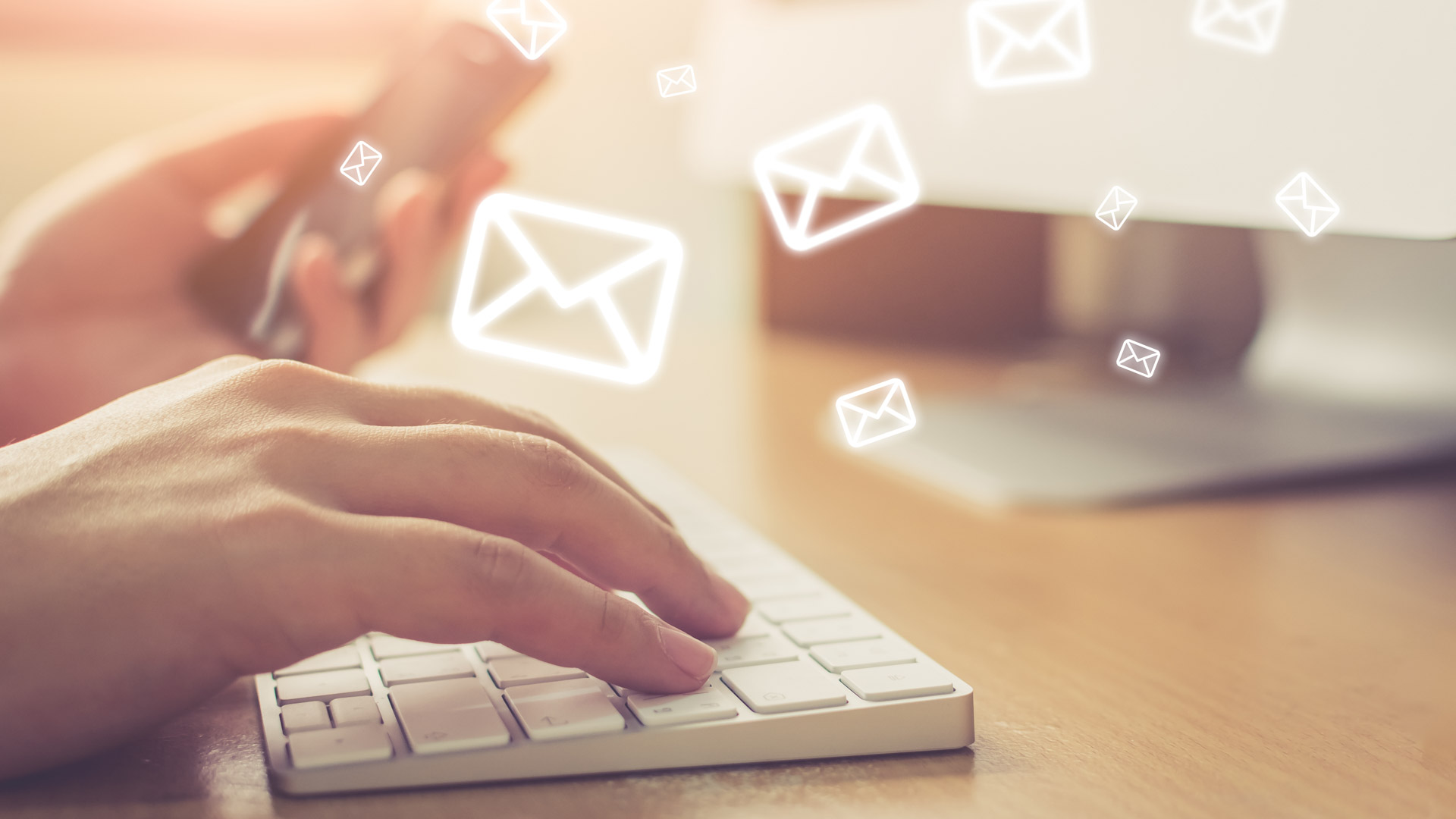The 90s called and guess what: email marketing is so hot right now. Whether you’re a brand or a social media star, if you aren’t using that archaic mode of communication known as email, then you’re doing it wrong. You’re missing out on connecting with your audience, building trust and making sales. Here are some of the email marketing best practices that I’ve observed from my real-world experiences.

First Hand Experience with Email in Ecommerce
I have seen first-hand through my own business how successful email is. During my past sales cycle, email marketing was one of the top drivers of sales behind direct load and paid social, accounting for 14% of my total revenue. This is tremendous because unlike paid social marketing, I’m not having to spend tens of thousands of dollars on this effort. Instead, I’m only out the monthly cost of an email management program (Mailchimp) and the cost to hire out a content marketer to compose the twice weekly emails.

Furthermore, email is a touchpoint that definitely affect those who remember my ecommerce store and visit on a direct load. In fact, my analytics program showed that email marketing in combination with direct load resulted in 13% of the total number of sales. To put that in comparison, the next best combination was email with organic search, which resulted in just 3.6% of total sales. Email is a powerful driver to a customer remembering the website and loading it directly.

But there are ways to do email beautifully and ways to abuse the channel. Below are some of my email marketing best practices that have turned email in a powerful sales engine.
The #1 Email Marketing Best Practice: Put the Reader First
The number one rule when writing is to put your reader first. Too often this rule is not only ignored but blatantly trampled on by email marketing efforts. Writing for your reader is what will ensure that your email is read versus marked as spam.

Rather than always marketing your personal content or white papers, meet your reader in the middle by including relevant industry stories, topics and events in your email. Don’t be afraid to link off site or to provide information that is not hit-you-over-the-head sales-y. Connecting with consumers is number so that you can ensure that your email stays in their inbox and *gasp* is even highly anticipated.
This is how you build real community, and it’s something more than a buzzword. My list is a little over 5,000 people and almost every time I send out a message a reader replies to thank me for the information.
Importance of the soft vs hard sell
While it’s important to give your readers relevant information, it’s also important to make sure that your emails convert. Every newsletter should have the goal of selling your product or service, but there’s a time for the soft sell and the time to go hard.
The soft sale is the easy part—simply having the email come from your company is giving you brand recognition. However, it’s important to ensure that in every message you give the opportunity for a reader to learn more about you or to actually make a purchase. Sprinkling relevant blog articles through the newsletter and always ensuring there is a CTA to make a purchase is key.

But as you release a new product, have a new promotion or an upcoming event, the tone of your email marketing campaign should get more sales heavy. Shifting those stories to the top and adding more “salesy” information to your newsletter is encouraged at those times. You’ve built your customer base and you’ve provided them with valuable information, so when it is time to strike do it unabashedly. You’ve earned that opportunity to be heard.
Being Playful with email marketing to Stand Out
Our email boxes are overrun with tons of messages designed to sell us something or to try to get our limited amount of attention. One way to rise to the top is to use humor to stand out. I’ve personally enjoyed email lists that are clever, including James Whatley’s tremendous newsletter about digital marketing. There are three ways that you can really stand out: emojis, GIFs and clever autoresponses.
NOTE: Not all of these strategies are appropriate for all brands/businesses. However, I feel there’s a thread of truth that we all enjoy laughing, even if it is a B2B tech company who’s trying to sell us something. It’s worth a conversation instead of “doing it like we’ve always done it.”
Emojis 😂😂😂😂
Research has done to show that using emojis increases the open rate, doesn’t really matter or makes you look like an idiot. With differing opinions, it makes sense to test out emojis in a subject line. It’s a quick way to convey an idea in a limited amount of space. As Mailchimp wrote on their blog:
For example, the emojis in “Pizza party this Saturday! 🍕🎉” help clarify what your email is actually about. (And I would definitely go to that party.) On the other hand, the emojis in “Springfield Elementary PTA Newsletter 🍕🎉” seem out of place, gimmicky, and confusing since they have nothing to do with the subject line.
I’ve found emojis to be successful for my ecommerce enterprise and now make sure that they are always present in the subjects (and sometimes the descriptions).
GIFs

Talk about 90s nostalgia, the resurgence of GIF usage makes me feel like I’m back on a 28 kbps modem again. Just as emojis can quickly convey a thought, GIFs have the ability to drive that point home. While I have rarely used GIFs in email campaigns, I use them a lot in blogging (as you’ve probably noticed): it breaks up the huge wall of text, can poignantly cement your message in the reader’s mind and most importantly is funny.
Creative Auto Response Messages
Whether it’s an order confirmation or email list opt-in, we all have auto response messages. They are the most overlooked messaging in the marketing discipline and most of them are boring as hell. This is one place that you can make an impact on your customers and show off your brand’s personality.
I had a lot of fun with my order confirmation this past year and used some copy that I knew would resonate with my audience, such as:

While you may not know the importance of Big Red and Danny Green to South Texas, my readers do. Many of them responded to the order confirmation email, helping further cement my overall brand with them.
What’s old is new—and it works
While email marketing may be one of the oldest tools in the digital marketers belt, it works. Having a comprehensive email list and nurturing your subscribers insulates your company from the fickle nature of social media and search algorithms. I’d love to hear from other marketers if I missed out on any email marketing best practices and what their experience has been, so please leave a comment! And if you’re a company looking to take your email marketing to the next level, please be sure to reach out to me at marketingbytes@saflavor.com!

